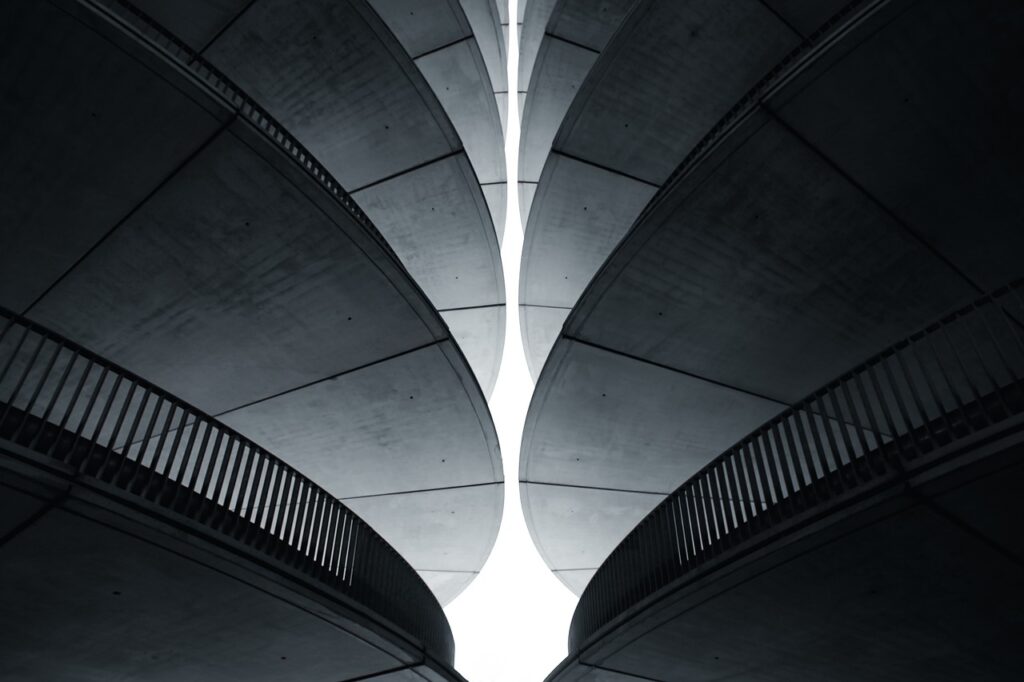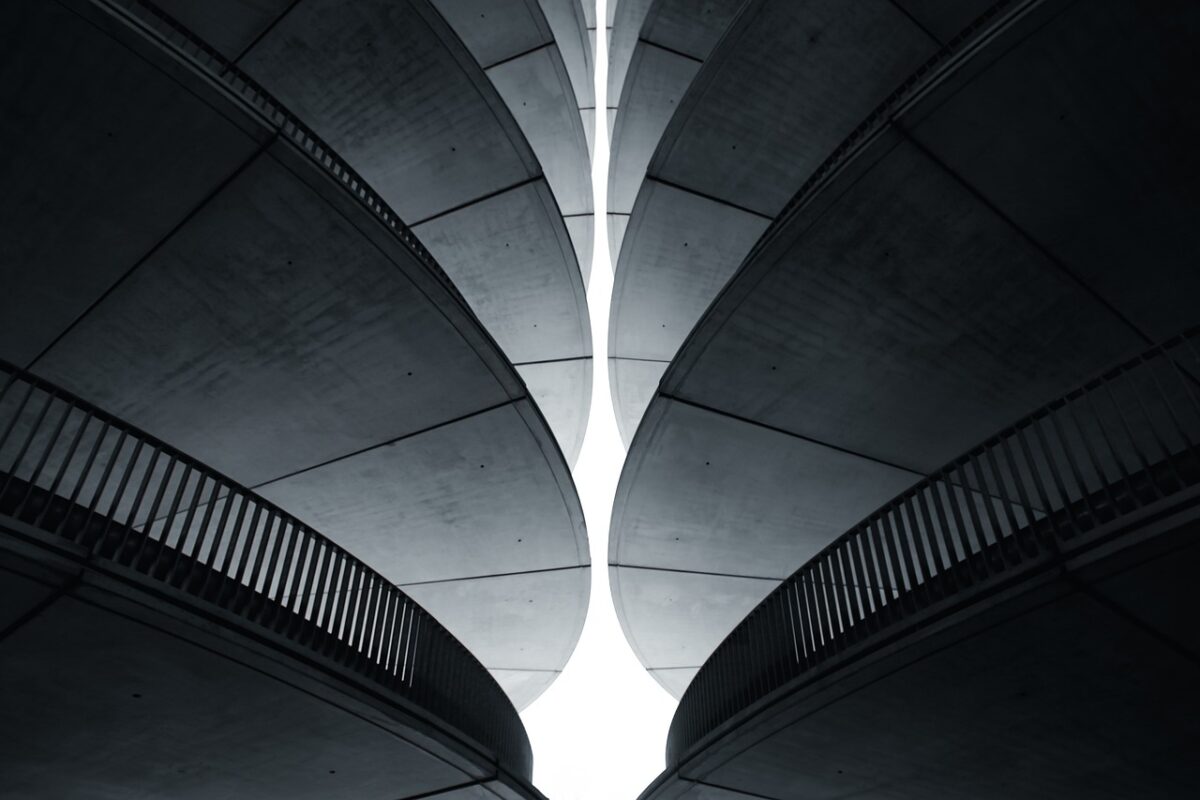Urban design is undergoing a significant transformation, driven by the principles of contemporary construction. As cities evolve, the role of architecture and design in shaping urban environments has become increasingly important. Charles Jason Jacob delves deeper into how contemporary construction methods and materials are revolutionizing urban design, creating more sustainable and aesthetically pleasing cities.

Introduction To Contemporary Construction
Contemporary construction uses modern techniques and materials in building design and construction. It involves innovative approaches that prioritize sustainability, functionality, and aesthetics. Unlike traditional construction methods, contemporary construction integrates advanced technologies and sustainable practices to create visually appealing and environmentally friendly buildings. This approach includes using sustainable materials such as recycled steel, bamboo, and engineered wood and incorporating energy-efficient systems and green building practices.
Sustainability In Urban Design
Sustainability is a core principle of contemporary construction in urban design. Buildings are designed to minimize their environmental impact and reduce energy consumption. This is achieved using sustainable materials, energy-efficient systems, and green building practices. For example, buildings may incorporate green roofs, which help reduce heat absorption and energy use, or solar panels, which generate renewable energy. Additionally, sustainable urban design aims to create walkable communities with access to public transportation, reducing the reliance on cars and lowering carbon emissions.
Integration Of Nature
One key aspect of contemporary urban design is integrating nature into the built environment. Cities are incorporating more green spaces, such as parks, gardens, and urban forests, into their landscapes. These green spaces improve the city’s aesthetics and provide important ecological benefits, such as improved air quality and biodiversity. Urban designers are also exploring innovative ways to incorporate nature into buildings, such as green walls and living roofs, which help regulate temperature and improve air quality.
Innovative Use Of Materials
Contemporary construction involves using various innovative materials that offer aesthetic and functional benefits. For example, buildings may use recycled materials, such as reclaimed wood or recycled steel, to reduce waste and environmental impact. New materials, such as engineered wood or carbon fiber, offer lightweight and durable alternatives to traditional building materials. These materials enhance buildings’ visual appeal and improve their performance and longevity.
Adaptive Reuse And Mixed-Use Developments
Adaptive reuse is common in contemporary urban design, where existing buildings are repurposed for new uses. This preserves historic buildings and reduces the need for new construction. Mixed-use developments combining residential, commercial, and recreational spaces in a single area are also becoming more popular. These developments create vibrant, walkable communities and reduce the reliance on cars for transportation. Additionally, mixed-use developments promote social interaction and community engagement, contributing to a sense of place and identity.
Technology And Urban Design
Technology plays a crucial role in contemporary construction and urban design. Advanced building systems, such as smart grids and energy-efficient HVAC systems, are integrated into buildings to improve efficiency and reduce environmental impact. Additionally, digital technologies, such as Building Information Modeling (BIM) and 3D printing, are used to design and construct buildings more efficiently. These technologies streamline the construction process and allow for greater innovation and customization in design.
Community Engagement And Collaboration
Contemporary urban design emphasizes community engagement and collaboration in the design process. Architects, designers, and urban planners work closely with residents to create spaces that reflect the community’s needs and preferences. This collaborative approach ensures that urban spaces are functional, aesthetically pleasing, and reflective of the diverse communities that inhabit them. Community engagement fosters a sense of ownership and pride in the built environment, leading to more sustainable and livable cities.
Conclusion
Contemporary construction is redefining urban design, creating more sustainable, functional, and aesthetically pleasing cities. By integrating innovative construction methods, sustainable materials, and community engagement, urban designers are shaping beautiful, sustainable, and livable cities for generations to come.

